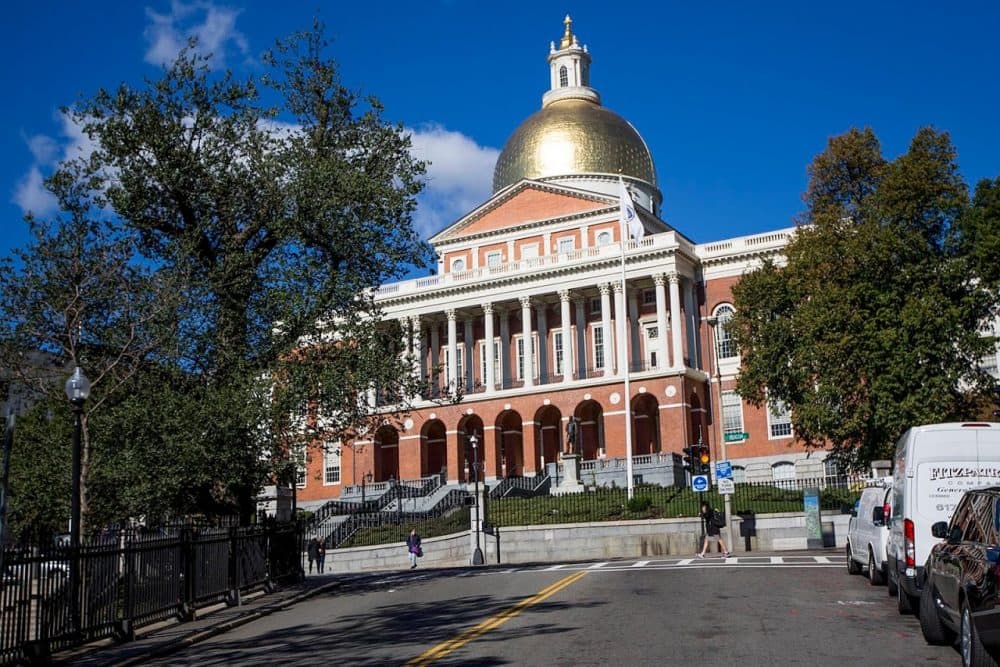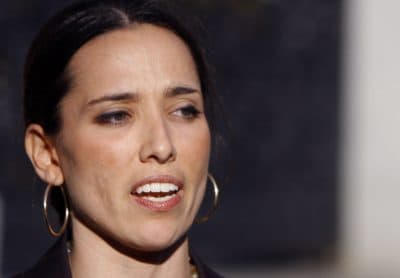Advertisement
On The Docket For 2017: A Fight Over Funding For Mass. Public Schools

As Gov. Charlie Baker readies his budget for the fiscal year ahead, a school funding fight is already brewing on Beacon Hill.
The governor plans to propose $91 million more in state education aid, which would raise the annual total to $4.7 billion. In a statement, Brendan Moss, the governor’s assistant press secretary, called that a “historic level of support” for the state’s public schools.
But another contingent in the State House says that kind of marginal annual increase will never catch up to the rising costs of a 21st century education.
State Sen. Sonia Chang-Diaz filed a bill Saturday that she said would put the state on track to meet those needs.

Chang's bill, S.1905, would rewrite the so-called foundation budget, the formula that calculates the baseline amount a given school district should spend on its particular mix of students.
In the fall of 2015, a bipartisan Foundation Budget Review Commission (FBRC) found that the current formula understates costs — in particular, those for special education and employee health benefits — by as much as $2 billion a year. (The formula was set in 1993 and, by law, is supposed to be regularly retooled, but before the 2015 report, the state had not conducted a review for more than a decade.)
Since schools still have to service students with disabilities and provide insurance to teachers and staff, that means finding funds elsewhere.
As a result, teachers, principals and parents complain of “death by a thousand paper cuts,” Chang-Diaz said in an interview.
“I hear things like a single social worker riding a district of 14 or 15 schools. Science has become a quote-unquote ‘special’ at schools in my district, rather than a given,” she said. “Those are the kind of choices we’re hoping to alleviate.”
Advertisement
Chang-Diaz, who co-chaired the FBRC in 2015, sees this bill as a way to “give legislative form” to the commission’s recommendations — bumping up estimates of staff expenses and of the extra costs of special and vocational education, with state and local aid combining to meet the higher benchmarks over the next several years.
Chang-Diaz concedes that growing the state’s foundation budget would require “a significant commitment” from both state and local government. That may be a tall order in a moment defined by tight budgets and other pressing needs for transportation, health care and the opioid crisis.
But it shouldn’t come as a big surprise that school spending is a political flash point at the start of 2017.
Two months ago, voters handily rejected a ballot question that would have allowed for more charter schools, in part because opponents argued that many school districts are already struggling to cover costs.
The question is whether the commonwealth’s schools — by many measures the best in the nation — can get by on gradual annual hikes, or whether they need a redoubled investment out of state coffers.
